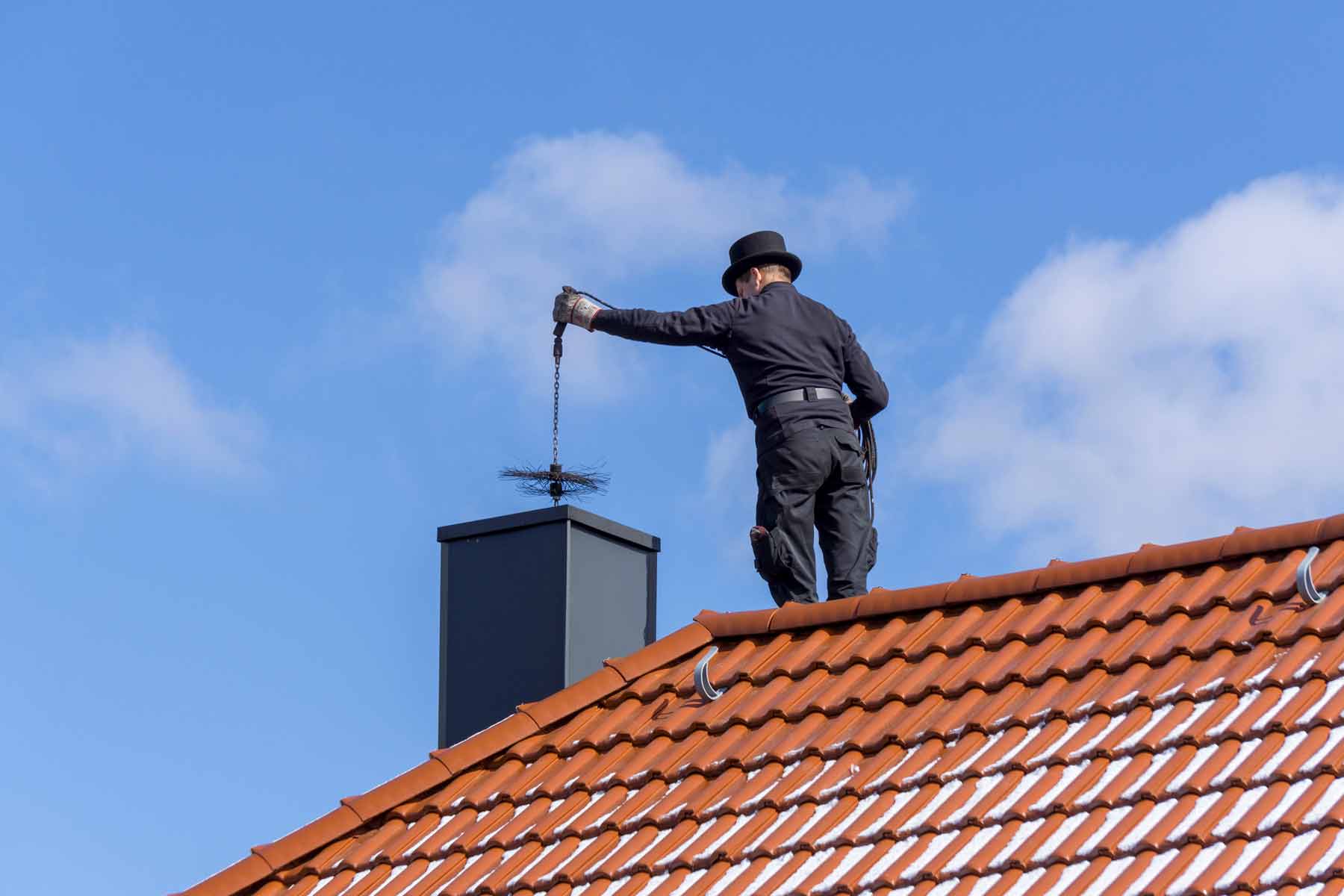Mastering the Art of Chimney Sweep San Jose: Best Practices Introduced
Mastering the Art of Chimney Sweep San Jose: Best Practices Introduced
Blog Article
Specialist Overview to Chimney Cleaning: Everything You Need to Know
Neglecting chimney cleansing can lead to a host of issues, from poor air flow to safety risks. From the tools required to the detailed procedure involved, a specialist guide to smokeshaft cleaning provides a thorough summary of just how to maintain this essential component of your home operating effectively.
Significance of Smokeshaft Maintenance
Keeping correct smokeshaft upkeep is essential for guaranteeing the safety and security and effectiveness of your home's heater. A properly maintained smokeshaft plays a vital role in airing vent out hazardous gases, such as carbon monoxide gas, that are by-products of burning gas like wood, oil, or gas. Gradually, smokeshafts can collect creosote, a very combustible material that can lead to smokeshaft fires if not cleaned up regularly. These fires can infect the rest of the residence, threatening lives and causing considerable residential property damage.
Routine chimney maintenance also helps in protecting against obstructions that can block the flow of air and gases, bring about bad ventilation and minimized heating performance. Furthermore, a clean smokeshaft prevents the buildup of debris and nesting materials from animals and birds, minimizing the risk of obstructions and guaranteeing correct air flow.
Tools and Material Needed

Step-by-Step Cleansing Process

The primary step is to prepare the location around the fireplace by putting down safety sheets to avoid any type of residue or debris from soiling your home. Next off, open up the damper to guarantee correct air flow during the cleaning procedure.
Utilizing a flashlight, check the chimney for any blockages or accumulation. Eliminate any type of visible debris such as nests, leaves, or creosote making use of a chimney brush or vacuum particularly created for chimney cleaning.
After clearing the particles, it's time to scrub the chimney walls. Affix the brush to expansion poles and scrub the walls extensively to displace any persistent build-up. Comply with up by vacuuming or sweeping the loosened up debris.
Once the smokeshaft is tidy, check the smokeshaft cap and flue for any damage or indicators of wear. Ultimately, close the damper and clean up the surrounding location before examining the fire place to ensure appropriate air flow.
Safety Safety Measures to Follow
Guarantee that the fire place and smokeshaft are totally amazing Our site before beginning any cleansing tasks to prevent fires or burns. Think about hiring a professional chimney move for elaborate or high-risk cleaning tasks to make certain the work is done securely and successfully. By complying with these safety and security preventative measures, you can decrease dangers and maintain a safe and secure environment throughout the chimney cleaning process.
Tips for Preserving a Tidy Chimney
Before starting the chimney cleaning procedure, it is important to include routine maintenance you can try these out practices to guarantee a well-functioning and clean smokeshaft. One suggestion for preserving a clean chimney is to set up routine assessments by a certified chimney move. One more vital tip is to install a chimney cap to protect against particles, animals, and wetness from going into the smokeshaft.
Final Thought
In final thought, routine smokeshaft cleansing is necessary for preserving a safe and reliable fire place or home heating system. By adhering to the step-by-step cleansing process and taking required security precautions, you can ensure that your smokeshaft operates correctly and minimizes the threat of fire threats.
Over time, chimneys can build up creosote, an extremely combustible article source compound that can lead to smokeshaft fires if not cleaned up regularly. The key tools required for smokeshaft cleansing include a chimney brush, smokeshaft rods, a vacuum cleaner, protective equipment such as safety glasses and handwear covers, a flashlight, and a durable ladder. The smokeshaft brush is vital for removing creosote build-up, while the smokeshaft rods aid in prolonging the reach of the brush to clean the entire smokeshaft size - Chimney Sweep San Jose. By having these devices and products all set, you can carry out chimney cleansing successfully and securely, maintaining the correct functioning of your smokeshaft and making sure a safe setting in your home
Prior to launching the smokeshaft cleansing process, it is important to include routine maintenance techniques to make certain a clean and well-functioning smokeshaft.
Report this page